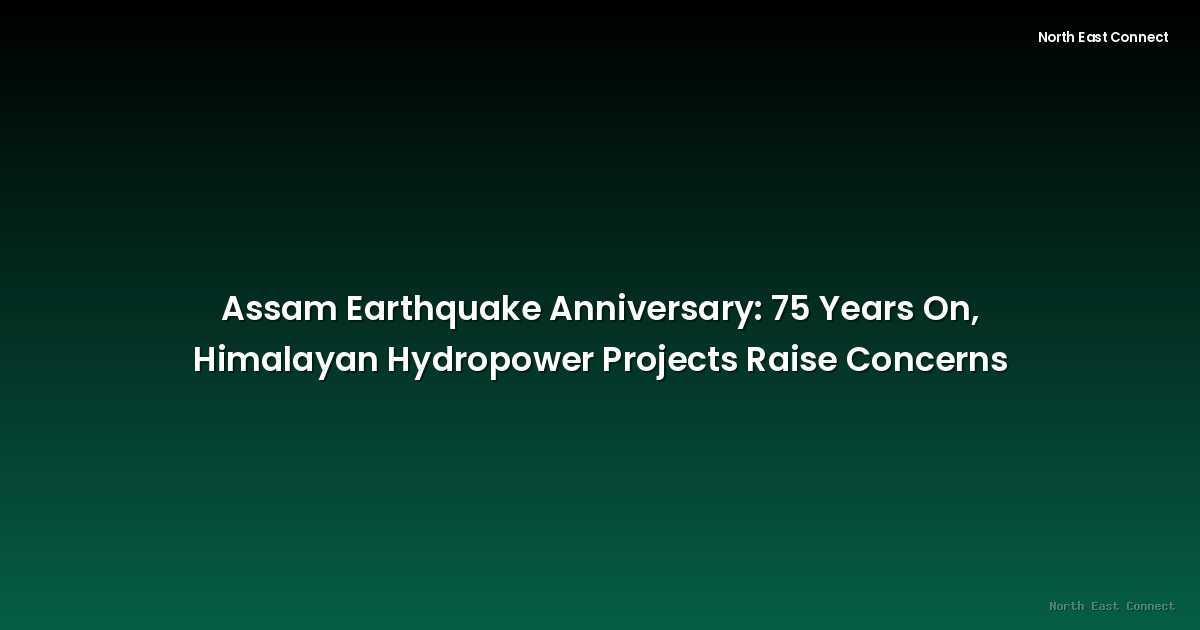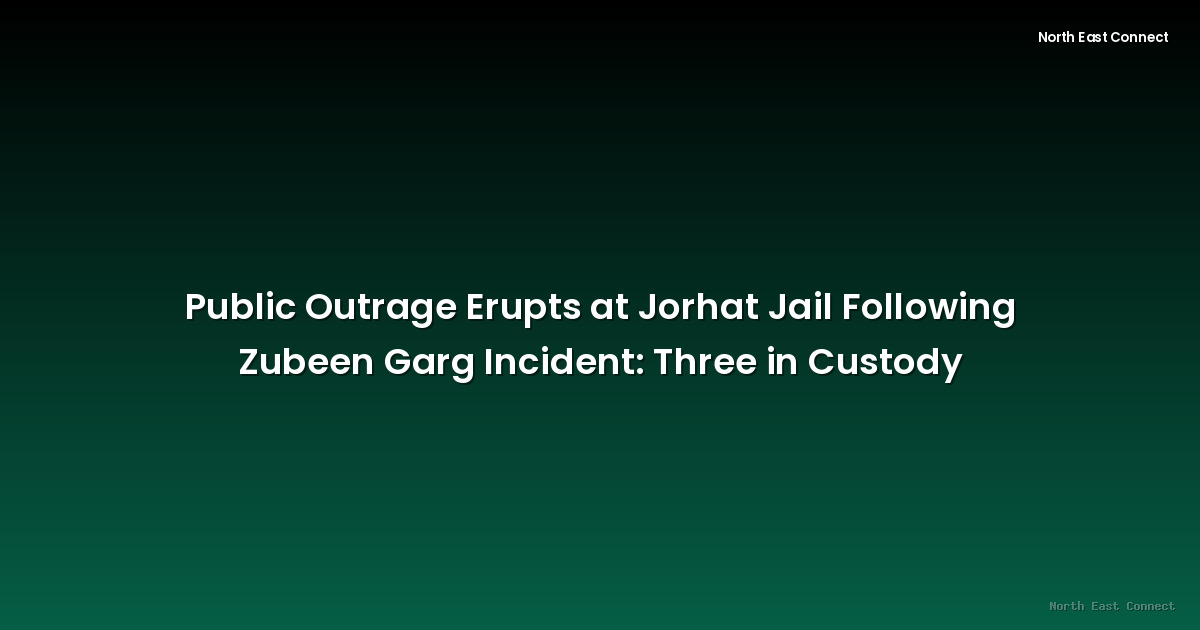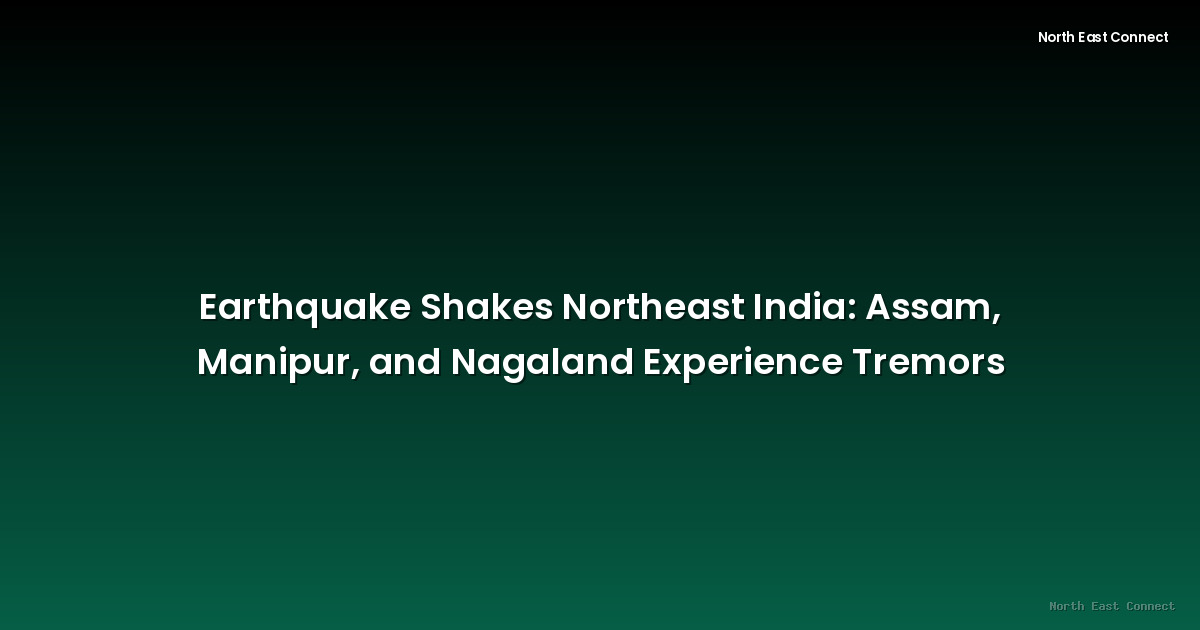2025-08-14 · News
Seventy-five years have passed since the devastating 1950 Assam earthquake, one of the most significant seismic events in the region's history. This powerful earthquake, registering a magnitude of 8.6 on the Richter scale, caused widespread destruction and loss of life across Assam and neighboring areas. The anniversary serves as a stark reminder of the region's inherent seismic vulnerability, a factor that is now gaining renewed attention amidst a surge in large-scale hydropower projects across the Himalayas.
The Brahmaputra valley, which was significantly impacted by the 1950 quake, is now the site of numerous ambitious hydropower projects. These projects aim to harness the vast potential of the river system for energy generation, meeting the growing energy demands of the region and beyond. However, the concentration of these projects in a seismically active zone raises significant concerns regarding their safety and potential impact in the event of another major earthquake.
The 1950 quake highlighted the fragility of infrastructure in the face of powerful seismic activity. Many structures, including dams and other critical infrastructure, were severely damaged or destroyed. The scale of the destruction underscored the need for stringent building codes and robust disaster preparedness measures. However, the question arises whether current infrastructure development, particularly in the context of hydropower projects, adequately addresses the lessons learned from the past.
Experts point to a number of potential risks associated with these large-scale projects in seismically active zones. The construction of large dams and reservoirs can alter the geological stress patterns in the surrounding area, potentially triggering landslides and other geological hazards. Furthermore, the risk of dam failure during a seismic event poses a catastrophic threat to downstream populations and ecosystems.
The debate surrounding the development of hydropower projects in the Himalayas is complex, encompassing economic development, environmental concerns, and seismic risk. While these projects promise economic benefits, including increased energy production and improved infrastructure, the potential for devastating consequences necessitates a cautious and thorough approach. This requires careful consideration of environmental impact assessments, rigorous safety standards, and robust disaster preparedness strategies.
Beyond the immediate concerns of dam safety, broader issues of ecological sustainability and potential displacement of local communities must also be addressed. The construction of large hydropower projects can lead to significant habitat loss, biodiversity reduction, and displacement of local populations. Finding a balance between economic development and environmental protection remains a central challenge.
The anniversary of the 1950 Assam earthquake serves as a critical opportunity for reflection and evaluation. It underscores the importance of integrating seismic risk assessments into all stages of planning and construction of infrastructure projects, especially large-scale developments in seismically active zones like the Himalayas. The legacy of the 1950 earthquake should guide future development, ensuring that the pursuit of economic progress does not come at the expense of public safety and environmental sustainability. A multi-faceted approach incorporating geological studies, engineering expertise, and community engagement is crucial to mitigating potential risks and building a more resilient future for the region. Thorough environmental impact assessments and transparent community consultations are vital components in ensuring the long-term sustainability of these projects and the well-being of the people who live in their shadow.







